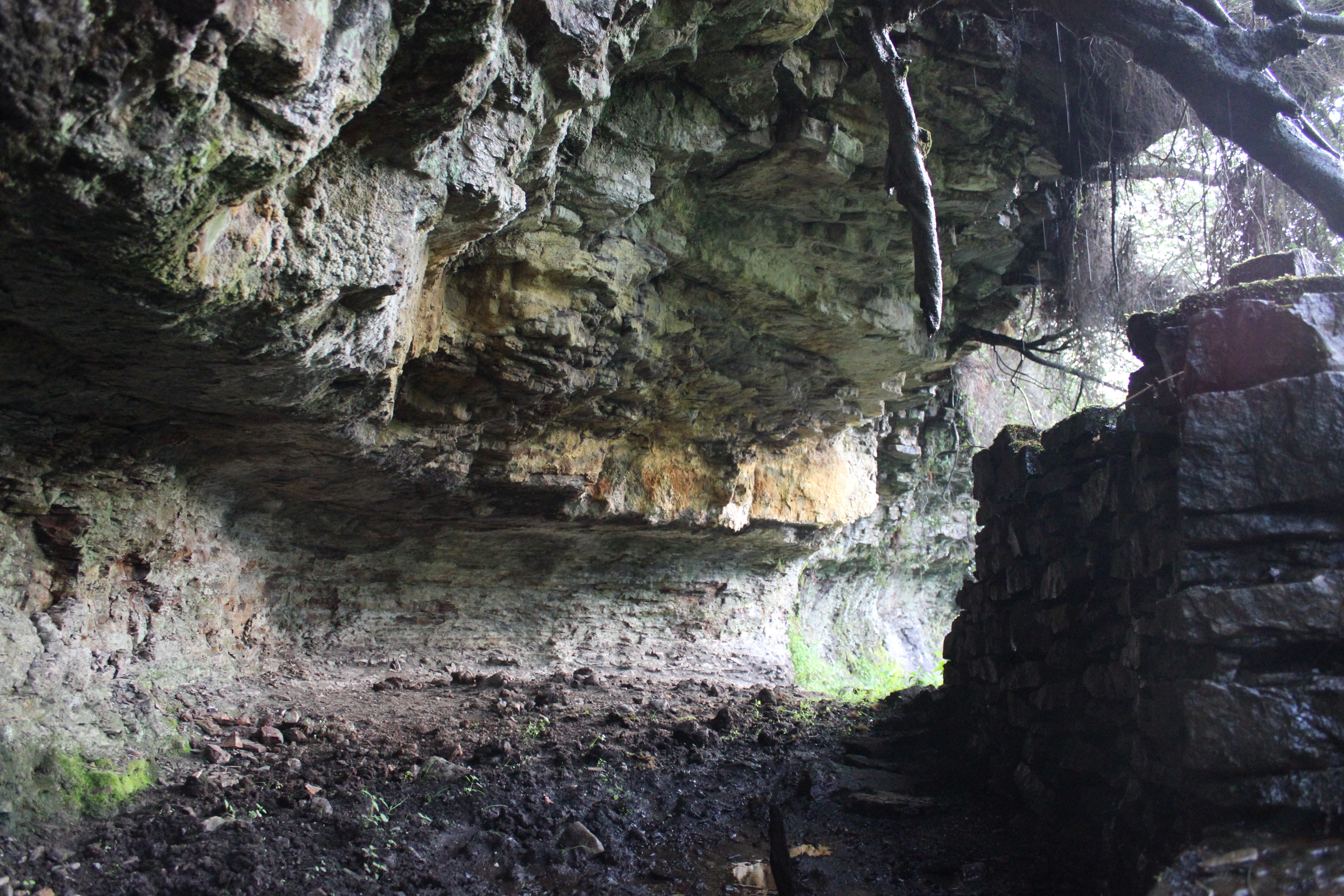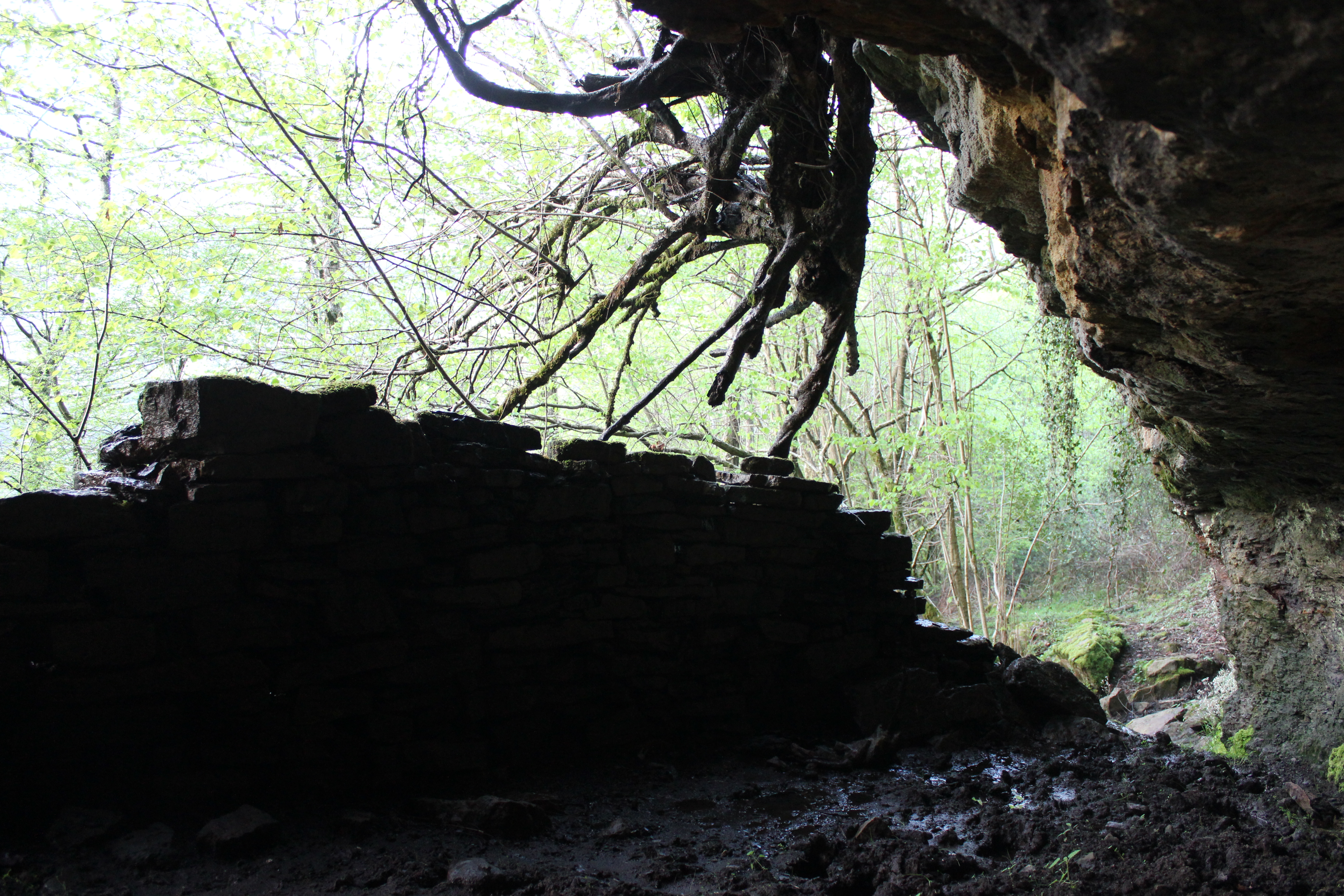Basque ethnography at a glance

Interior of the cave described herein. Carranza, 2016. Luis Manuel Peña. Labayru Fundazioa Photographic Archive.
Shepherding is an age-old occupation. José Miguel de Barandiaran already realised traditional pasture lands coincided with areas of highest concentration of dolmens, a fact that suggests such funerary constructions might have been built by people dedicated to animal husbandry.
Due to the limestone nature of many of its mountains, caves are common in the Carranza Valley. Their use as a natural shelter for herds and herders continued well beyond the middle of the 20th century, and although we do not know exactly when it dates back to, this practice does not seem far removed from the considerations raised by Barandiaran.
Caves and cavities were located on communal land, and anyone was free to just walk in. However, the user rights of those who had adapted the available space for their pen-herding activities was recognised and respected as long as the sites were in use.

Remains of the wall blocking the entrance. Carranza, 2016. Luis Manuel Peña. Labayru Fundazioa Photographic Archive.
Here is a brief description of a cave situated at the foot of Mount Armañón. It was in fact a rocky shelter with a wide opening and a steep roof sloping down to half a metre off the floor. A stone wall blocked the entrance, and at times when wolf attacks were more likely, protection would be increased by vertical stakes driven into the ground next to the wall and interwoven thorn branches. Milking and other shepherding duties were performed in the interior. To better defend the flock, the shepherds stayed in the cave overnight. A primitive decking supported on posts served them as berths. Covered with blankets, they lay on improvised mattresses made of a mixture of wool and vegetable material. The heat generated by the sheep beneath helped keep them warm in the night, constant chewing and rumination sounds being their only companion.
The shepherd who regularly used the above-mentioned refuge had two uncles who, in previous decades, occupied another cave not far from there. After the loss of the charters at the end of the 19th century, and like many young men from Carranza who refused compulsory military service, they found themselves forced to emigrate, in this case to Cuba. The attachment to their homeland and the joys of those early years in the mountain are reflected in the following farewell verses to the dear cave where they had spent many a night:
Adiós cueva de los Jornos
donde yo me divertía
con todos mis compañeros
y las mis alegrías.
(Farewell to the cave of the Jornos / where I enjoyed the time / with all my mates / and my joys.)
Luis Manuel Peña – Ethnography Department – Labayru Fundazioa
Translated by Jaione Bilbao – Language Department – Labayru Fundazioa
Reference for further information: Livestock Farming and Shepherding, part of the Ethnographic Atlas of the Basque Country collection.

